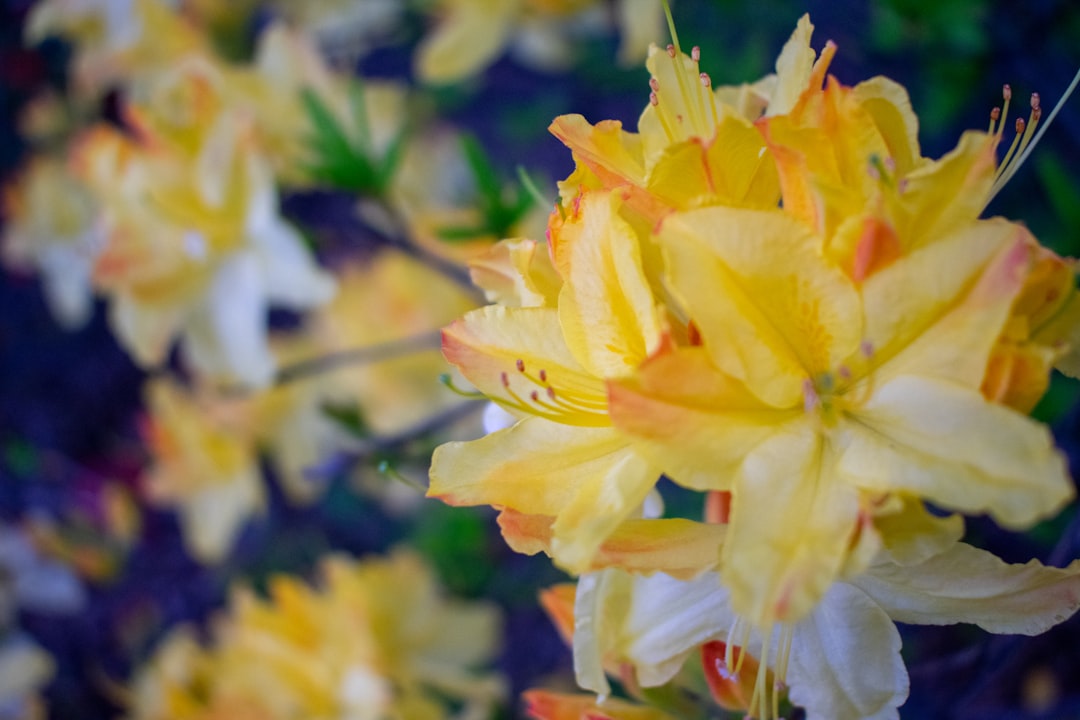The Allure and Care of Viburnum Bushes

Viburnum bushes are a remarkable addition to any garden, offering a plethora of features that make them appealing to a wide range of gardeners. From their beautiful foliage to their fragrant flowers and attractive berries, viburnum bushes truly have something for everyone. In this article, we will explore some key facts and essential care tips about these versatile plants, covering aspects such as their average height and the ideal planting locations.
One of the first things to understand about viburnum bushes is their diverse range of sizes. The average height of viburnum bushes can vary significantly depending on the species. Some dwarf varieties may only reach a height of 2 - 3 feet, making them perfect for small gardens, borders, or container planting. These compact viburnums can add a splash of color and texture without taking up too much space. On the other hand, larger species can grow up to 15 - 20 feet tall, creating a substantial presence in the landscape. These taller viburnums can be used as hedges, privacy screens, or as focal points in a garden.
When it comes to the appearance of viburnum bushes, they are known for their attractive foliage. The leaves can come in various shapes, including oval, lance - shaped, or lobed. The color of the leaves also varies throughout the seasons. In spring and summer, the foliage is typically a rich green, providing a lush backdrop for the flowers. As autumn approaches, many viburnum species put on a spectacular show of color, with leaves turning shades of red, orange, and purple. This seasonal change adds an extra layer of visual interest to the garden.
The flowers of viburnum bushes are another highlight. They come in a wide range of colors, from white and pink to red and purple. The flower clusters can be flat - topped, round, or cone - shaped, and they often emit a sweet fragrance that attracts pollinators such as bees and butterflies. The blooming period also varies among species, with some viburnums flowering in early spring, while others bloom in summer or even fall. This means that you can choose different varieties to ensure a continuous display of flowers throughout the growing season.
After the flowers fade, many viburnum bushes produce berries. These berries can be red, blue, black, or yellow, and they are not only visually appealing but also provide a valuable food source for birds. The berries often persist on the bushes well into winter, adding color to the otherwise dull winter landscape. However, it's important to note that some viburnum berries are toxic to humans, so it's best to keep them out of reach of children.
Now, let's talk about the care requirements for viburnum bushes. First and foremost, choosing the right planting location is crucial. Most viburnum species prefer full sun to partial shade. In full sun, they will produce more flowers and berries, but they can also tolerate some shade, especially in hot climates. The soil should be well - drained, rich in organic matter, and slightly acidic to neutral. Before planting, it's a good idea to amend the soil with compost or well - rotted manure to improve its fertility and drainage.
Watering is also an important aspect of viburnum care. Newly planted viburnum bushes need regular watering to establish their root systems. Once established, they are relatively drought - tolerant, but they still benefit from occasional deep watering during dry periods. Mulching around the base of the bushes can help retain moisture, suppress weeds, and regulate soil temperature.
Fertilizing viburnum bushes can enhance their growth and flowering. A balanced, slow - release fertilizer can be applied in early spring. Avoid over - fertilizing, as this can lead to excessive foliage growth at the expense of flowers and berries. Pruning is another important maintenance task. Pruning should be done after the flowering period to shape the bushes, remove dead or damaged branches, and promote new growth. However, be careful not to over - prune, as some viburnum species flower on old wood, and excessive pruning can reduce the number of flowers in the following year.
In conclusion, viburnum bushes are a wonderful choice for any garden. Their diverse range of sizes, colors, and forms, combined with their relatively easy care requirements, make them a versatile and rewarding addition to the landscape. Whether you're looking for a small, compact plant for a container garden or a large, showy hedge, there's a viburnum species that will meet your needs. By following the care tips outlined in this article, you can enjoy the beauty and benefits of viburnum bushes for years to come.